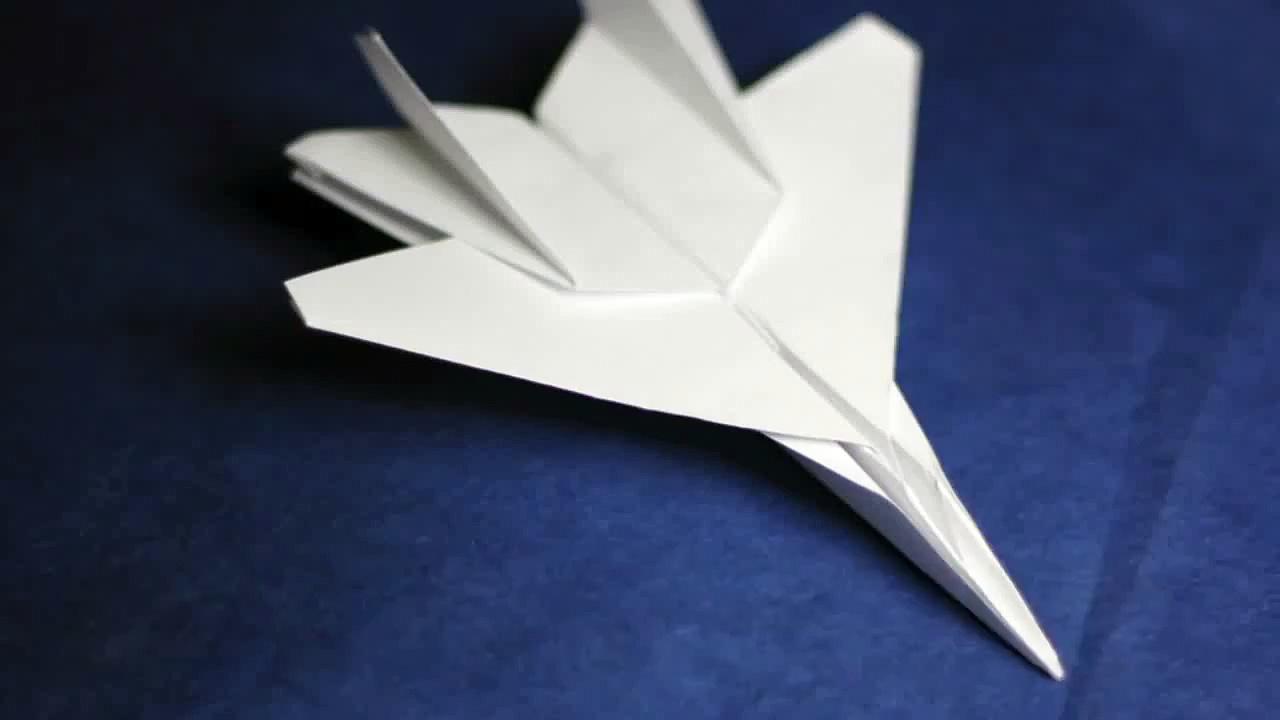
For example, when creating a design lesson-creating a learning experience around solving a problem for someone - teachers might benefit from writing the GRASPS first to frame their thinking and planning. Not only does the GRASPS ground students into the context of the learning to make the project-based experience more relevant and meaningful, but teachers can also benefit as well. Since this was an introductory lesson, the role and audience were standardized to be the student and the teacher respectively.
Standards (and Criteria for Success) – The paper airplane shall fly as far as possible and as straight as possible.Īn example of how you might introduce the lesson is available via this Google slide presentation template (slides 1-7):. Product – A paper airplane shall be made from 1⁄2 of a piece of letter paper (8.5 x 11 inches, cut along the width) that flies as far and as straight as possible. how you brainstorm ideas, and chose the best one then gather test data, and use the data to improve your design. Situation – Your teacher wants to know how you think about design:. Goal – Design, build, and launch a paper plane to fly as far and as straight as possible. Specifically for our paper airplane lesson, the GRASPS looked like this: A GRASPS context sets the design problem-solving stage for students within an authentic performance task. The purpose of the lesson was grounded in the relevant aspects of the GRASPS model by Wiggins and McTighe to provide a meaningful context for the student designers. If you want a longer lesson plan or MYP unit planner examples, look over Water Tank Engineering with Newspaper, Part 1, and Part 2. For classes of about 20 sixth grade students, three sessions were needed (about one hour each) to complete the setting-the-stage/introduction, writing, sketching, data analysis, and reflection however, there was some practice sketching done as well done as warm-ups at the beginning of each class. September 2018 was the first time for the lesson–it did not have the benefit of a previous school year to improve upon, so keep that in mind if you try this out. Individual digital projects were therefore out of the question and at this point in the school year, grade 6 students had not yet formally experienced a sequential design process. The lesson came about at the beginning of the school year when students did not yet have access to their laptops. MYP Design ideas can also come directly from science experiments. Project design ideas such as those using paper airplanes can be engaging, fun, and relevant for learning. Paper airplanes were used since they are familiar to most students, the materials are readily available to teachers, and data are easy to generate and analyze. Design, data, and discovery can happen with simple paper planes! 
This design goal easily adapts to paper airplane design and testing in a classroom setting.
#Paper airplane designs how to
Basically, students investigated how to make a successful paper airplane. The goal of the lesson was to create a paper airplane that would fly as straight and as far as possible. The ideas here can be used for a paper airplane science fair project.

This short lesson was created to provide grade 6 students with a brief introduction to the design cycle.

Paper Airplane from Recycled Paper Introduction







 0 kommentar(er)
0 kommentar(er)
